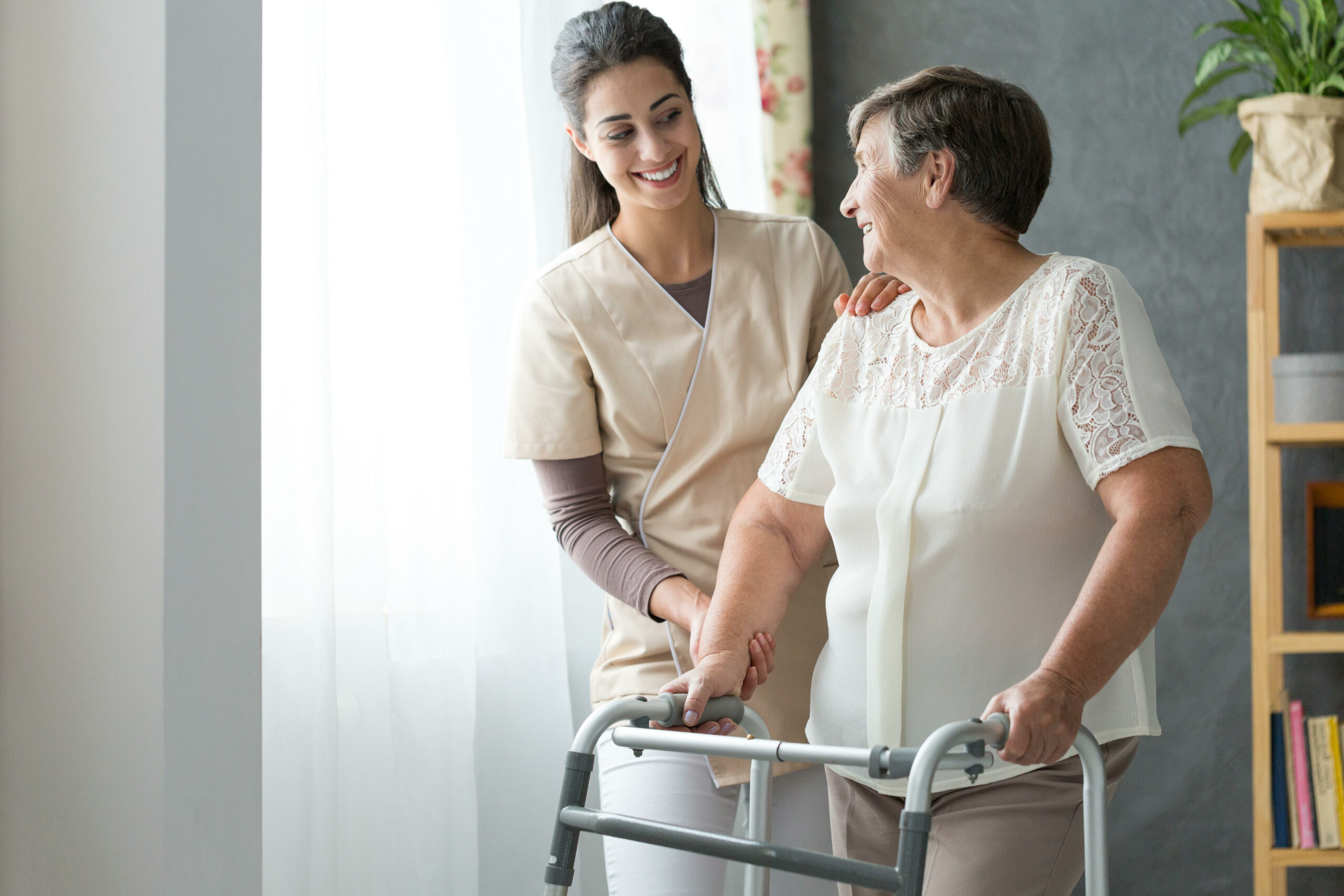What is Parkinson’s disease?
Parkinson’s disease is a brain disorder. It occurs when certain nerve cells (neurons) in a part of the brain, called the substantia nigra, die or become impaired. Normally, these cells produce a vital chemical known as dopamine. Dopamine allows smooth, coordinated function of the body’s muscles and movement. It is not until approximately 80% of the dopamine-producing cells are damaged that the motor symptoms of Parkinson’s disease appear.
What are the signs and symptoms of Parkinson’s?
The loss of dopamine production in the brain causes the primary symptoms of Parkinson’s disease. The key signs of Parkinson’s disease are tremor (shaking), slowness of movement, rigidity (stiffness), and difficulty with balance. Other signs of Parkinson’s disease may include small, cramped handwriting, stiff facial expression, shuffling walk, muffled speech, and depression.
Who gets Parkinson’s?
Parkinson’s disease affects all genders, although more men than women are diagnosed. It shows no social, ethnic, economic or geographic boundaries. In the United States, it is estimated that 60,000 new cases are diagnosed each year, joining the 1 million Americans who currently have Parkinson’s disease. While the condition usually develops after the age of 65, 15% of those diagnosed are under 50.
How is Parkinson’s diagnosed?
The process of making a Parkinson’s disease diagnosis can be difficult. There is no single test that can confirm Parkinson’s disease. A physician arrives at the diagnosis only after a thorough examination. Blood tests and brain scans are known as magnetic resonance imaging (MRI) may be performed to rule out other conditions that have similar symptoms. People suspected of having Parkinson’s disease should consider seeking the care of a neurologist who specializes in Parkinson’s disease.
What is the treatment for Parkinson’s disease?
There are a number of effective medicines to help ease the symptoms of Parkinson’s disease. Most symptoms are caused by a lack of dopamine. The medicines most commonly used will attempt to either replace or mimic dopamine, which improves the tremor, rigidity and slowness associated with Parkinson’s disease. Several new medicines are being studied that may slow the progression. Currently, there is no cure that will prevent or reverse the symptoms of Parkinson’s disease. As the disease progresses, treatment plans may need frequent review and adjustment to maintain functioning and quality of life.
Where can I find support?
Parkinson’s Resources of Oregon (PRO) is a local non-profit serving the Pacific Northwest. With support groups across the region, a toll-free helpline, and online and in-person education, you and your family can rely on PRO for personal support and encouragement.
Early warning signs of Parkinson’s Disease
Sometimes it is hard to tell that you might have Parkinson’s disease. The early symptoms are mild and could have other causes making it challenging even for experts to confirm an early diagnosis.
Some of the more common early signs of Parkinson’s disease are indicated below. If you are noticing these warning signs and have unexplained symptoms, tell your doctor and ask for an evaluation. Many of these symptoms are normal, caused by medications or other conditions. An expert will be able to evaluate and help you determine their cause.
- Tremor or Shaking: Tremor or shaking of limbs is a common early sign of Parkinson’s.
Small Handwriting: A sudden change in handwriting, such as smaller letter size, may be a sign of Parkinson’s.
- Loss of Smell: Sense of smell can be changed by a cold, flu or stuffy nose, but ask your doctor if it persists.
- Trouble Sleeping: Even in sleep, Parkinson’s signs can be detected with sudden movements and thrashing while deeply asleep.
- Trouble Moving or Walking: Stiffness and rigidity that doesn’t go away when you move or walk.
Constipation: If you do not have enough water or fiber in your body, it can cause problems in the bathroom. Also some medications cause constipation. Speak with your doctor if you are concerned.
- A Soft Voice: While not always an early symptom, a very soft or hoarse sounding voice might be caused by Parkinson’s disease. Masked Face: If others comment that you have a serious, depressed or mad look on your face, even when you are not in a bad mood it could be related to PD.
- Dizziness or Fainting: Feeling dizzy or fainting can be signs of low blood pressure and can also be linked to Parkinson’s disease.
- Stooping Over: Many people with Parkinson’s experience stooping, leaning or slouching when standing.
- No single one of these signs means that you should worry about Parkinson’s disease. If you have multiple indications or are concerned, you should make an appointment to talk to your doctor.
For more information about Parkinson’s disease and local services to help contact Parkinson’s Resources of Oregon at 800-426-6806.

